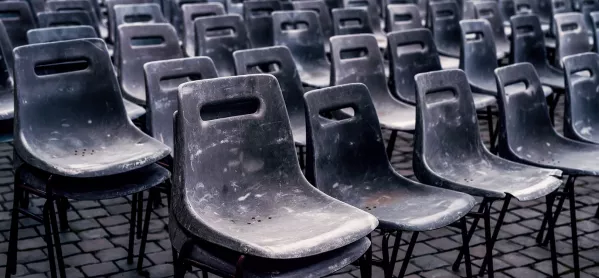The number of primary pupils in state-funded schools is projected to fall by more than 410,000 over the next five years, new government data has revealed.
The Department for Education estimates that the number of pupils in state-funded primary schools will fall by 9.4 per cent from 4,567,448 in 2023 to 4,156,214 in 2028.
Decreasing pupil numbers are already beginning to impact school budgets, a union leader has warned.
The number of pupils in primary and nursery schools peaked in 2019 and has been falling over the last few years due to falling birth rates.
Experts have warned that falling primary pupil rolls come at a time when school budgets are already under pressure and school leaders “may struggle to absorb any further reductions in their budgets”.
The news follows government data in June of this year that showed the number of excess places in primary schools had doubled over 10 years to its highest level since records began.
Overall, pupil numbers in primary schools are projected to dip below four million in nine years, falling by 13.6 per cent from 4,571,211 in 2022 to a projection of 3,990,359 in 2032.
At secondary, the peak in the school population is projected to be in 2024-25, followed by a drop throughout the rest of the projection period.
Today’s figures show that the number of secondary pupils is projected to fall from 3,193,260 in 2023 to 2,975,475 in 2032, a fall of 7.1 per cent in nine years.
Overall, the number of pupils in state-funded schools is projected to fall from 7,930,703 in 2023 to 7,128,811 in 2032 - a fall of 10.6 per cent.
Falling pupil numbers ‘a concern’
Paul Whiteman, general secretary of the NAHT school leaders’ union, said: “The impact of falling pupil numbers in the primary phase is a concern for many school leaders.
“We know that in certain parts of the country, including in some inner cities, this is already beginning to have an effect on school budgets.”
Mr Whiteman said that now was the opportunity for the government to maintain levels of funding, “rather than allowing primary school budgets to simply contract”.
He added: “Such an approach would allow schools to provide smaller class sizes and more targeted support for pupils, which is all the more important given the impact of the recent Covid and cost-of-living crises.”




